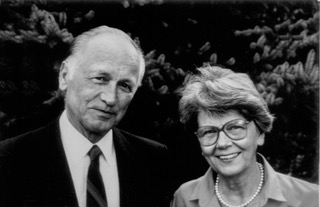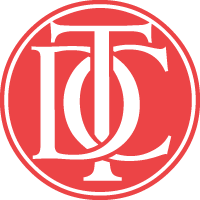
- This event has passed.
Zapf Centennial Symposium at The Grolier Club
March 20, 2019 @ 5:30 pm - 8:30 pm

Type Directors Club is proud to be a co-sponsor of the Zapf Centennial Symposium at The Grolier Club in New York City on Wednesday, March 20, 2019, and everyone is invited to attend. This special event has been organized by The Grolier Committee on Modern Fine Printing.
The symposium speakers include:
• Dr. Robert Bringhurst, a Candian known for his work as a linguist, cultural historian, typographer and author of The Elements of Typographic Style
• David Pankow, Curator Emeritus, The Melbert B. Cary, Jr. Graphic Arts Collection, Rochester Institute of Technology
• Ferdinand Ulrich, typographer, writer and educator, and type designer, who is a doctoral student at the University of Reading, United Kingdom
• Julian Waters, a former student of Hermann Zapf, who works as a lettering designer, international teacher, and lecturer
The seminar is free and open to the public. If you are interested in attending the seminar, please RSVP to Maev Brennan, mbrennan@grolierclub.org, (212) 838-6690
This symposium is being held in conjunction with Alphabet Magic: A Centennial Exhibition of the Work of Hermann & Gudrun Zapf, on view at the Grolier Club, February 20–April 2. 2019.
Alphabet Magic chronicles the extraordinary artistic achievements of Gudrun and Hermann Zapf with the most comprehensive exhibition of their work to date. Zapf’s typefaces Palatino, Optima, and Zapfino (to name a few) are a part of our everyday lives in the United States and Europe, as well as around the world. He was also at the forefront of type technology. Zapf’s Marconi alphabet design was the first typeface ever created specifically for digital typography. Gudrun Zapf von Hesse secured her own design legacy through typefaces such as Diotima, Carmina, and Shakespeare Roman.

Included in the exhibition are rare specimens of their typefaces, landmark works using their typefaces, original calligraphic works of art, and examples of fine bookbinding. In addition to completed works, ephemeral process work for some of Gudrun and Hermann Zapf’s most important typefaces and publications offers a behind-the-scenes look at the masters at work. Of special interest are sketches, layouts, and proofs for Hermann Zapf’s groundbreaking Feder und Stichel (1950), Manuale Typographicum (1954, 1968), and Orbis Typographicus (1990). As Robert Bringhurst has written, Hermann Zapf has been “widely recognized as one of the most poetic of type designers, or, to put it another way, as the author of some of the loveliest printing type ever made.”
Although Gudrun and Hermann Zapf are perhaps best known for their type design, over the course of their long careers they engaged with nearly every aspect of the book arts. Hermann considered himself a book designer at heart, Gudrun is a noted bookbinder, and both were master calligraphers.
Co-sponsors: American Printing History Association-New York Chapter, Center for Book Arts, Society of Scribes, Type Directors Club, Typophiles, and the Cary Graphic Arts Collection, Rochester Institute of Technology

